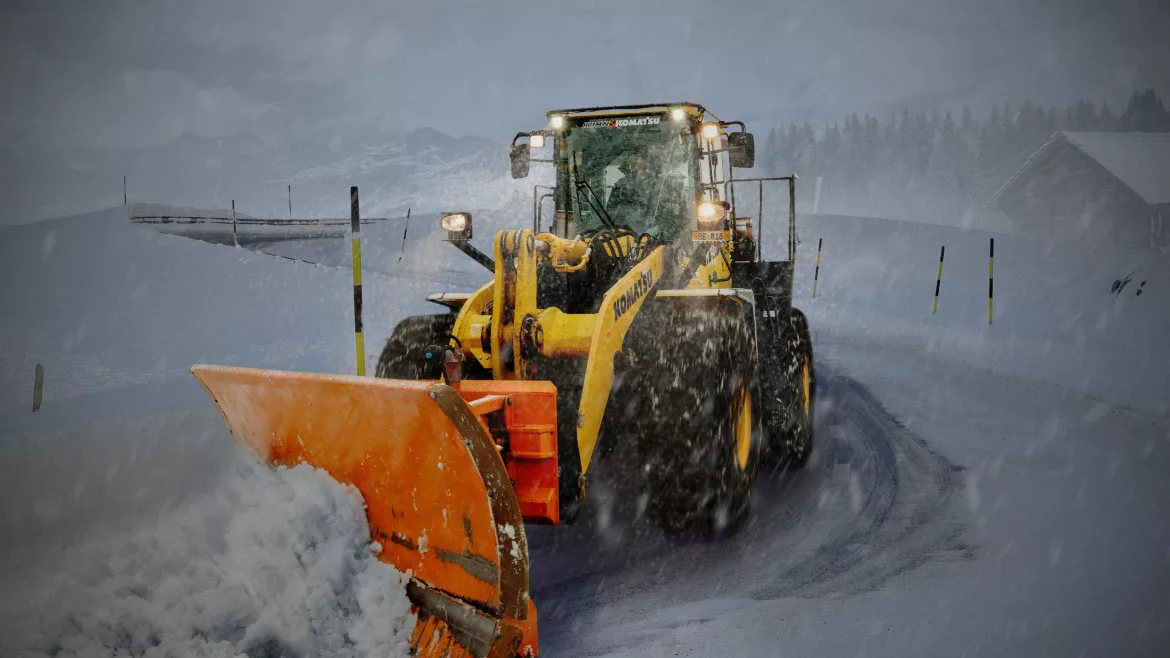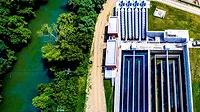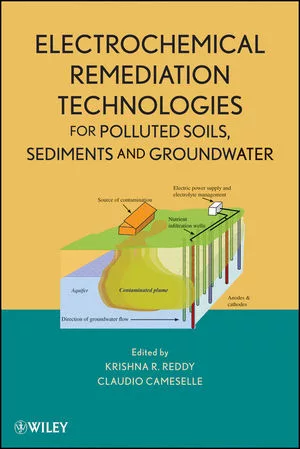‘Forever contaminant’ in road salt now seeping into groundwater
Do we prioritize driver safety or acquatic ecosystem health?

As winter approaches, many communities in Canada and around the world arm themselves against icy roads and sidewalks with a time-honored ally: road salt. For decades, applying road salt has been regarded as a simple but vital tool in countering the dangers of slippery road conditions, but the downsides of its use are apparent with implications that extend beyond the cold months.
Scientists have long known that the substance which has safeguarded us through the colder months poses a threat to aquatic life and drinking water quality. But now we are finding that this chemical also disrupts the delicate balance of oxygen and nutrients in our freshwater lakes and ponds.
Road salt, commonly referred to as rock salt, is a mixture primarily composed of sodium chloride (NaCl). It is used to de-ice roads and highways during winter to enhance safety by preventing the formation of ice and reducing slippery conditions. Road salt persists as an environmental contaminant due to its chemical stability and the cyclic nature of its dispersal.
Introduced through activities like road de-icing, salts move from roads to surface water such as streams and lakes, groundwater, remaining indefinitely in the environment without significant degradation. The continual cycling and lack of substantial transformation underscore the long-term impact of sodium chloride as a “forever contaminant.”
With a growing awareness of its ecological repercussions, a critical dilemma emerges. Do we prioritize driver safety or aquatic ecosystem health?
Negative impacts revisited
The detrimental effects of road salt on aquatic ecosystems and drinking water supplies have long been recognized. Its heavy application during winter months leads to a buildup of road salt ions in both soil and water bodies, altering their natural chemical composition.
These elevated salt concentrations can harm freshwater organisms and vegetation, change soil structure, and, when seeping into groundwater, compromise the potable water supply of nearby communities.
Recent research has shed light on a less conspicuous yet equally significant consequence of road salt usage: its contribution to oxygen depletion in lakes. The occurrence of very low oxygen concentrations, or hypoxia, in a lake is generally attributed to an excessive input of nutrients, especially that of phosphorus.
Nutrient enrichment can trigger algal blooms that, in turn, lower the oxygen level in the lake’s deeper waters. The continued expansion of hypoxic conditions deteriorates the lake’s water quality and may ultimately cause the die-off of most aquatic life. This nutrient-driven process, known as eutrophication, is affecting the ecological health of a growing number of lakes around the world.
Salt and oxygen in water
Phosphorus, the nutrient frequently implicated in lake eutrophication, plays a multifaceted role in this scenario. Salinization increases the density of the water reducing the mixing of the lake waters and. Consequently, this reduces the amount of oxygen that reaches the lake’s depths.
Oxygen depletion, paradoxically, favors the remobilization of phosphorus from the sediments accumulating at the bottom of the lake. That is, the sediments become an increasingly important internal source of phosphorus, escalating the nutrient enrichment of the lake.
In that way, salinization — driven by extensive road salt application — intensifies eutrophication symptoms that are usually associated with phosphorus supplied to lakes from external sources in the surrounding landscape.
Navigating the saline challenge
Canada has been proactive in responding to eutrophication. For instance, reduced phosphorus pollution in Lake Erie in the 1980s and 1990s led to significant water quality improvements. However, addressing accelerating salinization of lakes requires new thinking and innovative solutions that recognize the complexity of the issue. It’s not just de-icers, such as road salts, that need to be considered.
Other sources of salt, such as agricultural runoff, discharges from water softeners and other domestic activities and drainage from mine waste and geological salt deposits, are all part of the problem. Salinization is a threat to water resources globally, not just those of cold regions.
A brief overview of the process of eutrophication, produced by the National Oceanic and Atmospheric Administration.
Chloride, a key component of road salt, has earned the moniker of a “forever contaminant” due to its persistence in soil and water systems. When introduced into the environment, chloride ions readily dissolve into water where they tend to remain.
Over time, chloride not only accumulates in surface water bodies but also in groundwater. In fact, ground (or subsurface) water has been identified as a persistent source of chloride to surface freshwater bodies, especially during the summer months.
While proactive management practices have been introduced, the accumulation of chloride and other problematic salt ions, including sodium, in soil and water will require expensive and time-consuming restoration efforts.
Paving the path to solutions
To mitigate the impacts of salinization, evidence-based approaches are urgently required. Solutions and policy recommendations must promote the reduction of salt runoff from road salt applications and other sources, and establish effective and comprehensive monitoring programs.
We have much to learn from how we’ve successfully managed excessive nutrient pollution — these lessons can help inform salt management strategies that work hand in hand with water quality and climate change solutions.
One potential alternative to the application of road salts is to use other de-icers. This requires a cautious stance because, as history teaches us, replacing one troublesome chemical with another often comes with unexpected ecological consequences.
Thorough examination and research are vital to ensure that alternatives don’t inadvertently introduce new threats.
Protecting people and ecosystems
The stakes are high when it comes to road salts: compromised drinking water, shrinking aquatic habitats and long-term pollution from legacy salt stores in soil and groundwater requiring costly remediation. It’s imperative that research, investment and public awareness converge to address this challenge holistically.
This article is republished from The Conversation under a Creative Commons license. Read the original article.






